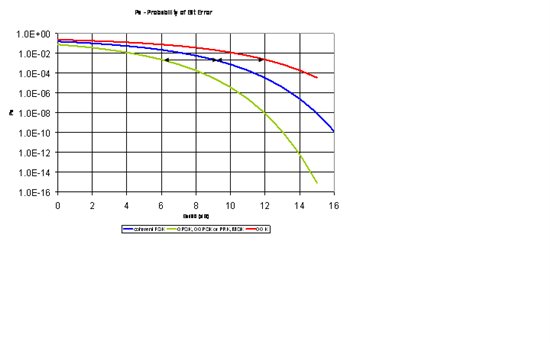What is the Noise Figure of CC2500? I want to check the benefit of external CC2590 LNA with 11dB gain and 4.6dB NF.
-
Ask a related question
What is a related question?A related question is a question created from another question. When the related question is created, it will be automatically linked to the original question.


